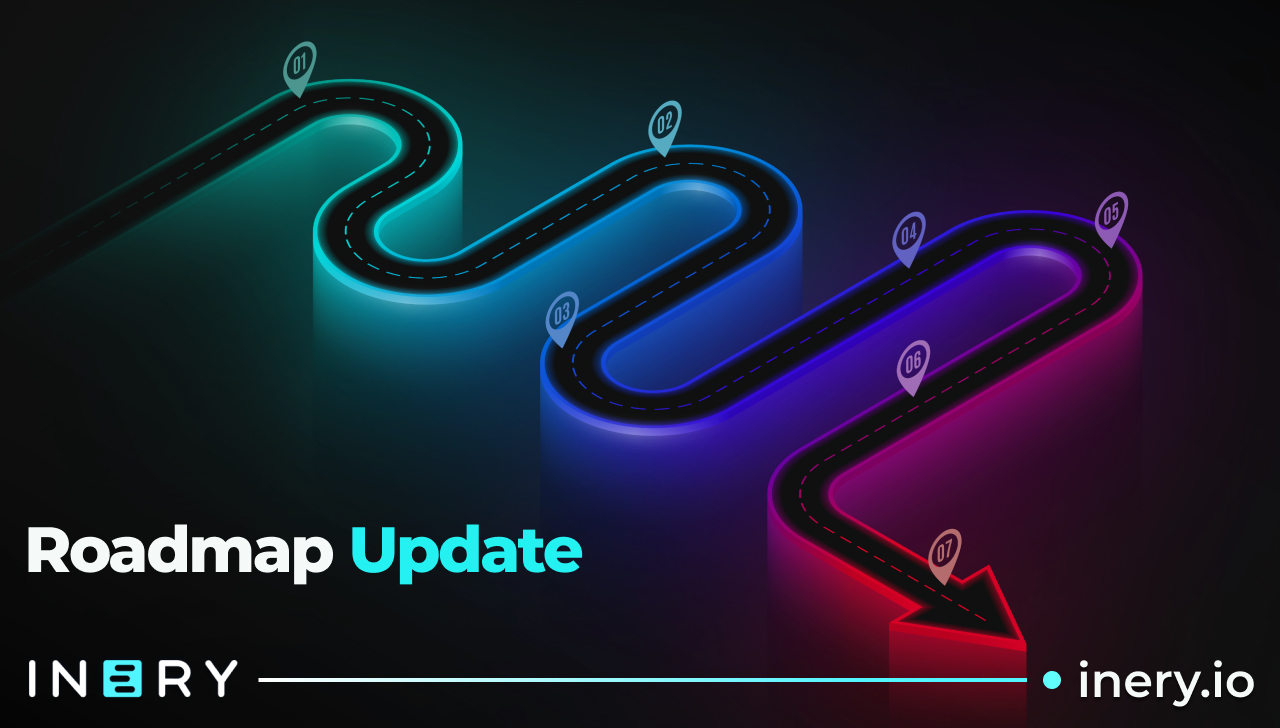Data has a funny habit. It refuses to wait. A customer clicks “buy,” a sensor detects a fault, someone swipes a card, or a message is sent across the globe. All of these events occur in the moment, and by the time a traditional batch system processes them, the moment is gone.
In other words, most of the information we rely on today is in constant motion. A customer clicks “buy,” a truck moves a shipment, a video starts to buffer, a machine on a factory floor logs a temperature spike. These are all events happening in real time, but many traditional data systems are built for a world where information waits. Data is collected, stored, and then processed in scheduled chunks. Maybe once an hour, maybe overnight.. before anyone actually does something with it.
That approach is fine for monthly reports or static dashboards, but it starts to fall apart when timing is critical. Fraud detection delayed by a few hours means losses instead of prevention. A delivery notification sent after the package has already arrived doesn’t add value. And a streaming platform that can’t recommend the next video while the user is still watching will simply lose engagement.
This is where data streaming changes the picture. Instead of letting information pile up, streaming treats each new piece of data as an event to be processed immediately. It moves continuously, flowing from the source to where it can have an impact. Whether that’s triggering an alert, updating a dashboard, or informing an AI model. In practice, it shifts organizations from thinking, “We’ll analyze this later,” to asking, “What can we do with this now?”
The Limitations of Waiting
Most organizations have relied on batch processing for decades because it was easier to manage and cheaper to scale. Data would be captured throughout the day, stored somewhere safe, and then processed in bulk on a predictable schedule. For many business needs, like financial reporting or trend analysis, this is still perfectly acceptable.
But when the goal is to respond in the moment, batch processing becomes a liability. Every delay between event and action is an opportunity lost or a risk increased. A suspicious transaction that goes unnoticed for an hour is a bigger problem than one flagged in seconds. A sensor warning on a production line is useless if the alert arrives after the machine has failed. Even in customer experience, slow reactions create frustration—think about waiting for a ride-hailing app to update your driver’s location or a sports app to show the latest score.
Streaming is about closing that gap. It turns data from a static asset into a living signal, allowing systems and people to respond while the information is still relevant.
How Data Streaming Actually Works
At its core, data streaming is straightforward: information flows continuously from where it’s created to where it’s needed. There isn’t a holding pen for events to gather dust before being processed. Every incoming signal is treated as something that can be acted on.
The process begins when data is generated. Maybe it’s a sensor reading, a user click, a GPS update, or a transaction. Instead of waiting to be written into a batch for later, that event is captured and pushed into a streaming system. From there, it can be enriched, analyzed, or combined with other streams. Finally, it reaches its destination: an alerting system, an application that needs to update in real time, or a database for immediate use.
What makes streaming challenging isn’t the concept – it’s the speed. There’s no pause button. Events keep arriving whether the system is ready or not, and if something goes wrong, there’s no easy way to rewind. Systems have to handle bursts of traffic, maintain data integrity, and keep information secure, all without letting the stream fall behind.
Why Data Streaming Matters
The difference between streaming and batch processing isn’t just about speed. It’s about the kind of decisions an organization can make.
When data is processed continuously, businesses can respond in real time to problems and opportunities that would otherwise pass unnoticed. A financial institution can block a fraudulent card charge before it completes. A logistics company can reroute shipments instantly if a truck gets stuck. A healthcare provider can react to abnormal patient readings as they happen, not after the fact.
These capabilities aren’t just technical improvements. They translate into trust, efficiency, and competitive advantage. Customers expect responsiveness. Regulators expect accountability. Teams expect tools that let them work ahead of problems rather than chasing them after the fact.
Data Streaming and Artificial Intelligence
Streaming and AI are natural partners. Machine learning models lose relevance quickly if they rely on outdated snapshots of data. Continuous streams allow models to see changes in real time and adapt accordingly.
Think about recommendation engines that adjust as you watch, fraud detection models that spot anomalies instantly, or predictive maintenance systems that detect early signs of failure. These AI systems don’t just need lots of data. They need data that reflects reality as it is, not as it was last night.
By feeding fresh streams of information into AI pipelines, organizations can ensure their models remain useful, accurate, and actionable.
Making Streaming Practical
For all its benefits, streaming is not effortless. Handling live data requires a foundation that can keep up with constant input, maintain integrity across multiple systems, and provide visibility so teams trust the results. Many companies experiment with streaming, only to realize that stitching together temporary solutions creates fragile, high-maintenance pipelines.
This is where the data architecture itself matters. Systems that can natively ingest, process, and track streams reduce the operational burden and allow developers to focus on creating outcomes rather than building workarounds.
Where Inery Comes In
Inery is designed to make real-time data movement not just possible but reliable. Its architecture allows organizations to handle information as it arrives, without losing sight of accuracy or auditability. Events can move at high speed, but every change remains verifiable and traceable.
With IneryDBAI, streaming becomes even more actionable. Teams can feed live data into machine learning and deep learning models without the usual bottlenecks. The system can analyze patterns, predict storage needs based on ongoing usage, and turn raw streams into insights that drive immediate decisions. This combination of speed and trust is what allows businesses to go beyond “collecting data” and actually use it to stay ahead.
Streaming, in this context, isn’t about chasing trends. It’s about making information work the moment it appears and doing so in a way that doesn’t compromise integrity or create operational headaches. Inery gives teams the ability to build for now, not just for later, turning streaming data into an everyday asset instead of a technical challenge.
The Takeaway
Data streaming changes the relationship between information and action. Instead of waiting to see what happened, organizations can respond to what’s happening. It eliminates blind spots, accelerates decisions, and keeps systems aligned with real-world events.
The key here is both in moving data faster and moving it responsibly. Streaming without trust or stability is a liability. With a platform like Inery, data flows can be fast, dependable, and immediately useful, helping businesses focus less on catching up and more on staying ahead.

Inery•
3 years ago
What is Inery?
A deep dive into Inery, the problem we are solving, use-cases, a look at team and advisors ...READ MORE

Share

Inery•
3 years ago
Our Vision for the Web: Empower Users, Not Internet Monopolies
Taking back the control of users’ data from tech monopolies and instead empowering users. ...READ MORE
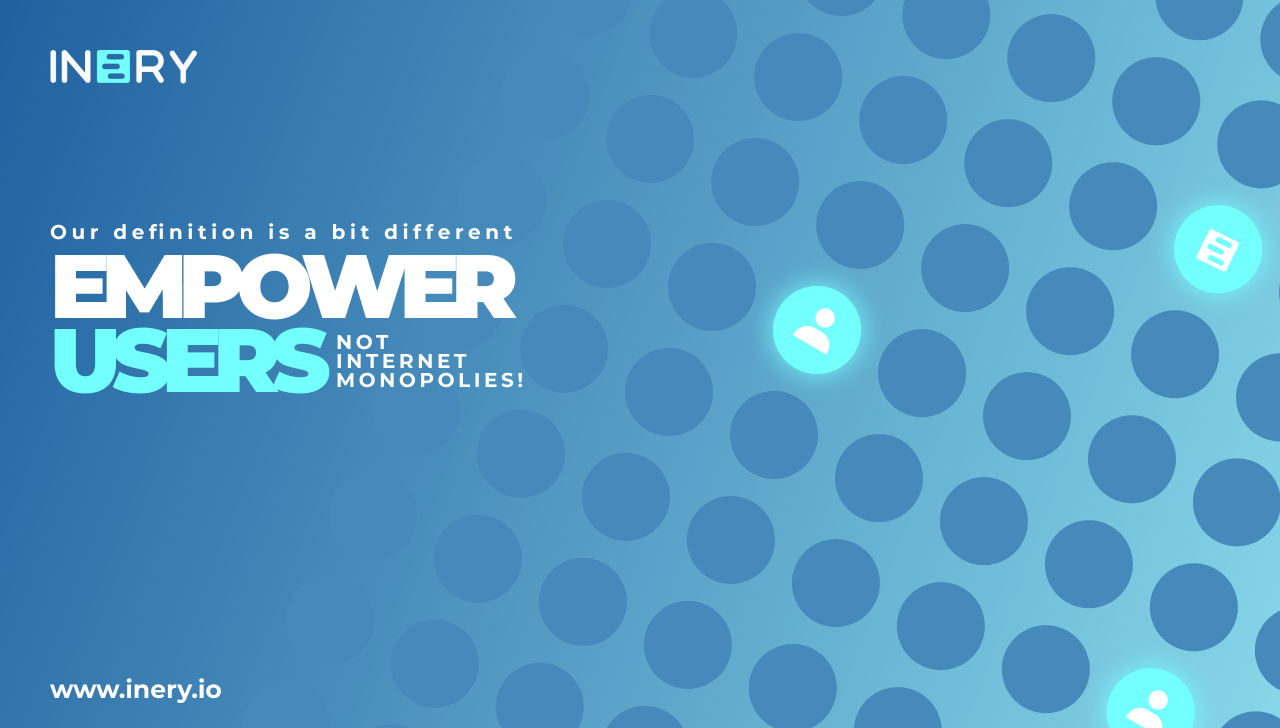
Share

Inery•
4 months ago
How DLT Can Help Manage Global Crisis Data: From Pandemics to Climate Change
From floods to outbreaks, data can save lives. Learn how DLT helps governments and agencies handle high-stakes scenarios with more clarity and trust. ...READ MORE
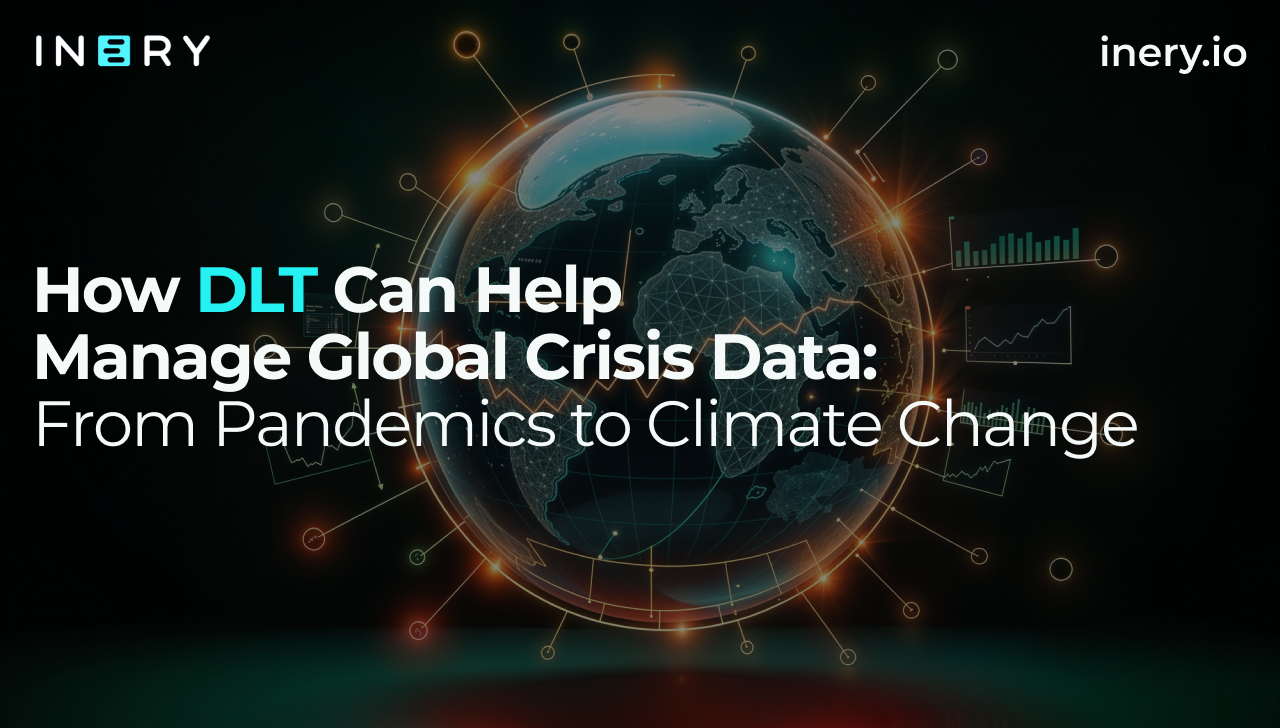
Share

Inery•
3 years ago
Our Vision for Blockchain: Doing what has never been done before
A frontier for other blockchains while offering a foundation for applications, systems and even layer-1 blockchains. ...READ MORE
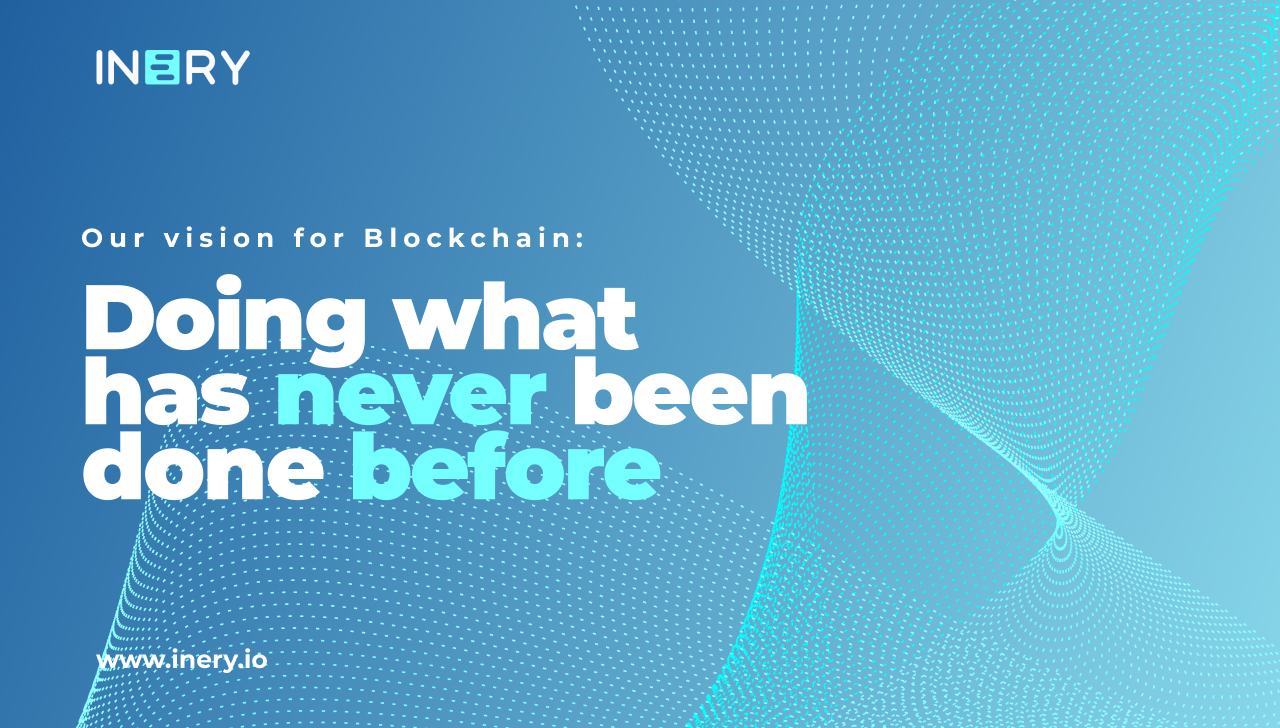
Share
Most popular today

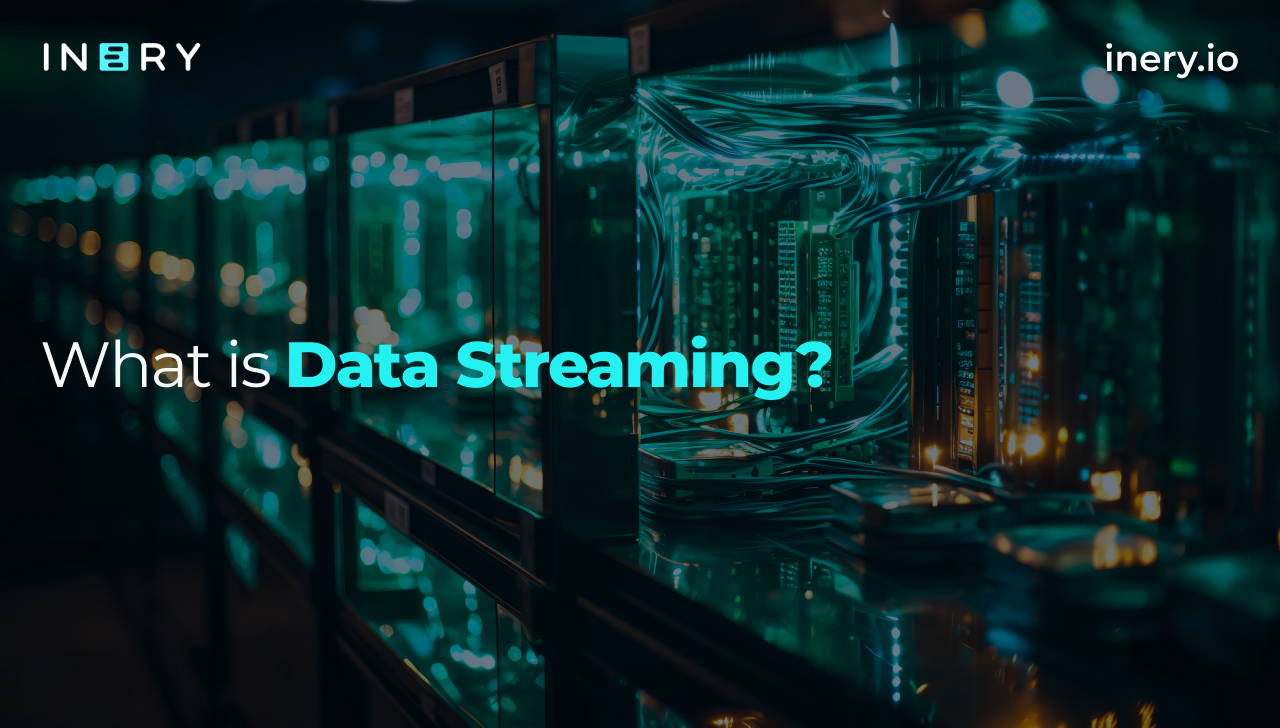
-1689860359.png)
